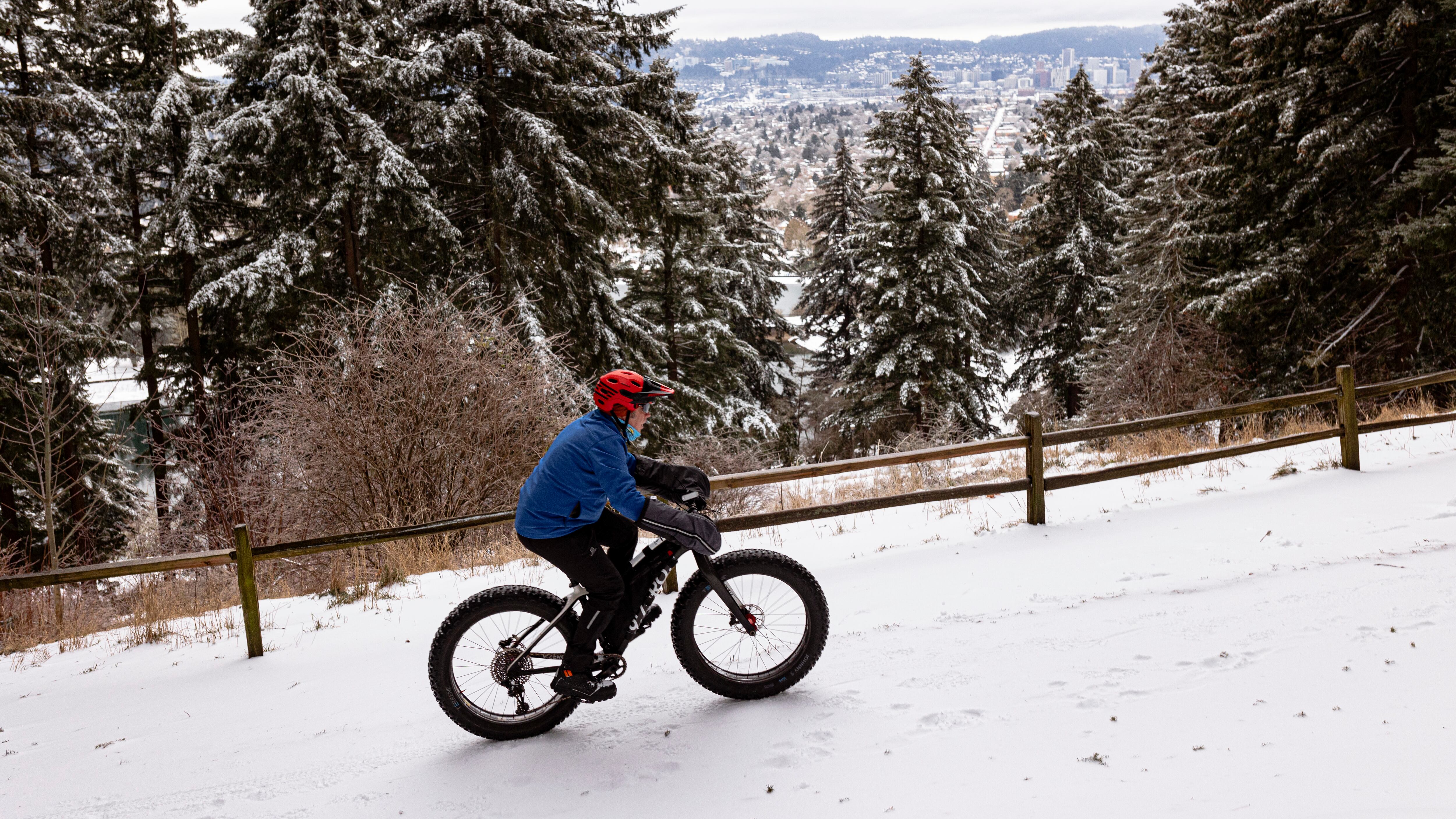A few decades ago, a white Christmas in Portland was almost unheard of; now they seem to happen all the time. What changed? If the snow predicted for this weekend happens, it would be the third white Christmas in just 15 years. —Microsoft Bing Crosby
If frogs had wings, they wouldn’t bump their ass a-hoppin’. I don’t mean to rain on your parade, Bing, but I’ve heard this one—pardon me if I don’t break out the mukluks quite yet. But even if Friday’s snow fails to materialize, you’re not wrong: White Christmases certainly seem to be coming more often.
As reported in The Oregonian of Dec. 25, 1921, that year boasted “the first honest-to-goodness white Christmas in Portland’s history.” (Since 1892, anyway. There are no records before that, probably because it’s hard to write when bears are chasing you.)
The next two were in 1983 and 1990. Both years featured late-December cold snaps, and while it didn’t snow on Christmas in either, there was a dusting of snow from the previous day that didn’t get a chance to melt. Maybe not a snow globe come to life, but it counts.
The big one, of course, was 2008, when an eye-popping 18 inches fell over eight days leading up to the holiday. (This once-in-a-lifetime weather anomaly may have been climatologically related to the fact that—as some Republicans predicted—hell froze over that year, shortly after Election Day.)
Finally, there was 2017, a white Christmas so recent that even I sort of remember it.
Now, depending on how long ago you ate that weed gummy, you may have noticed that in the first 90 of the 130 or so years we’ve been paying attention there was just one white Christmas. In the last 40, we’ve had four. WTF?
What about climate change? Wasn’t it colder back then, to the point that the Willamette River froze solid enough in 1924 to drive a car on?* What is this shocking trend trying to tell us?
In a word, bubkes. We tend to think that “random” and “evenly spread out” are the same thing, but they’re not. Real randomness often looks more like the “shocking” distribution above.
For laughs, I just simulated 130 Christmases with a random number generator. Each had a 1-in-26 (i.e., five out of 130) chance of snow. I got only two hits—back to back, in 1930 and 1931. What are the odds?
*Yup (Dr. Know, WW, Feb. 12, 2014).
Questions? Send them to dr.know@wweek.com.

